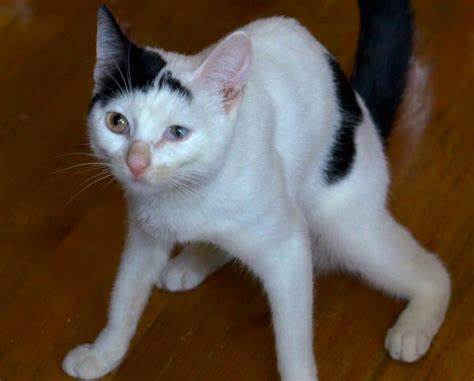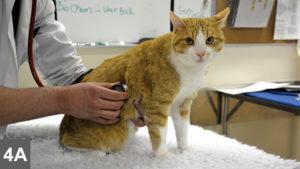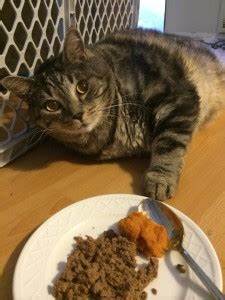Cerebellar Hypoplasia in Cats

Feline cerebellar hypoplasia, familiarly called wobbly cat syndrome, is a neurological disorder that occurs when the cerebellum, the part of the brain that controls coordination, doesn’t fully develop while kittens are still in their mothers’ wombs. Affecting a cat’s balance and fine motor skills, with symptoms ranging from mild to severe, it’s neither painful nor contagious, and symptoms shouldn’t grow worse over time. And although there’s no cure, many cats with this condition can still live long, enjoyable, albeit somewhat clumsy, lives.
According to veterinary experts, cerebellar hypoplasia most commonly occurs when a pregnant cat becomes infected with the feline panleukopenia virus, or feline distemper, and passes the infection along to her unborn kittens. Other less common causes include a kitten suffering a brain trauma while the cerebellum is still developing or being exposed to such inflammatory diseases as toxoplasmosis in the womb.
Symptoms of cerebellar hypoplasia typically exhibit themselves when kittens are between four and six weeks old – or when they’re able to stand and walk. These symptoms usually include head bobbing and head tremors, jerky or uncoordinated walking, swaying from side to side or walking as if drunk, an unsteady or clumsy, wide-legged stance, the inability to judge distance properly, splayed feet and/or falling over.
While there’s no standard test to diagnose this disorder, a vet or veterinary neurologist can always order an MRI scan to detect an underdeveloped cerebellum. But first, a vet will perform a thorough physical examination of the kitten that includes blood work, an electrolyte panel and a urinalysis in order to rule out other, possibly serious medical conditions.
How, then, should YOU care for a kitty with cerebellar hypoplasia?
- Spay or neuter your cat since certain types of cerebellar hypoplasia are genetic and can be inherited by his or her offspring.
- Make your cat an indoors-only cat and never let her outside alone. With her lack of coordination and balance, she’s more prone to injuries and won’t be able to protect herself against potential predators. To satisfy her natural curiosity and innate urge to explore, build a “catio” type of structure for her or teach her to walk on a leash.
- Never de-claw your “wobbly” cat. Because she can’t typically jump, she’ll need her claws for balance in order to develop her climbing skills.
- Make it easier for her to eat and drink by raising her food dish and water bowl (both should also be wider than regular ones) off the floor. (This picture is an example of a food bowl on the floor, and the difficulties a cat with cerrebellar hypoplasia might exhibit.)
- Provide her with a large, easily accessible litter box, perhaps with the addition of a specially designed ramp to make getting in and out of it even easier.
- Where applicable, set up baby gates restricting all access to any stairs, preventing her from tumbling down them and harming herself.
- For hardwood, tile or especially slick floors, put down non-slip mats or foam pads to create traction for her, and place them in front of her litter box, raised food dish and water bowl as well.
- With jumping and running a challenge, encourage her to exercise by climbing – and climbing some more. Provide her with carpeted cat trees and other climbing spots, then cushion the areas around them with foam pads or small blankets to provide her with a soft landing should she fall.
- Ask your vet or a trained expert to demonstrate various physical therapy exercises for you to practice together to help boost her self-confidence and build up the strength in her legs. Specially designed toys and particularly hardy long strings can also work wonders on her muscle tone and flexibility.
- For more severe cases of cerebellar hypoplasia, some vets recommend hydrotherapy. Thanks to the buoyancy of the water, hydrotherapy can help build up her muscle strength, which, in turn, aids in mobility.



